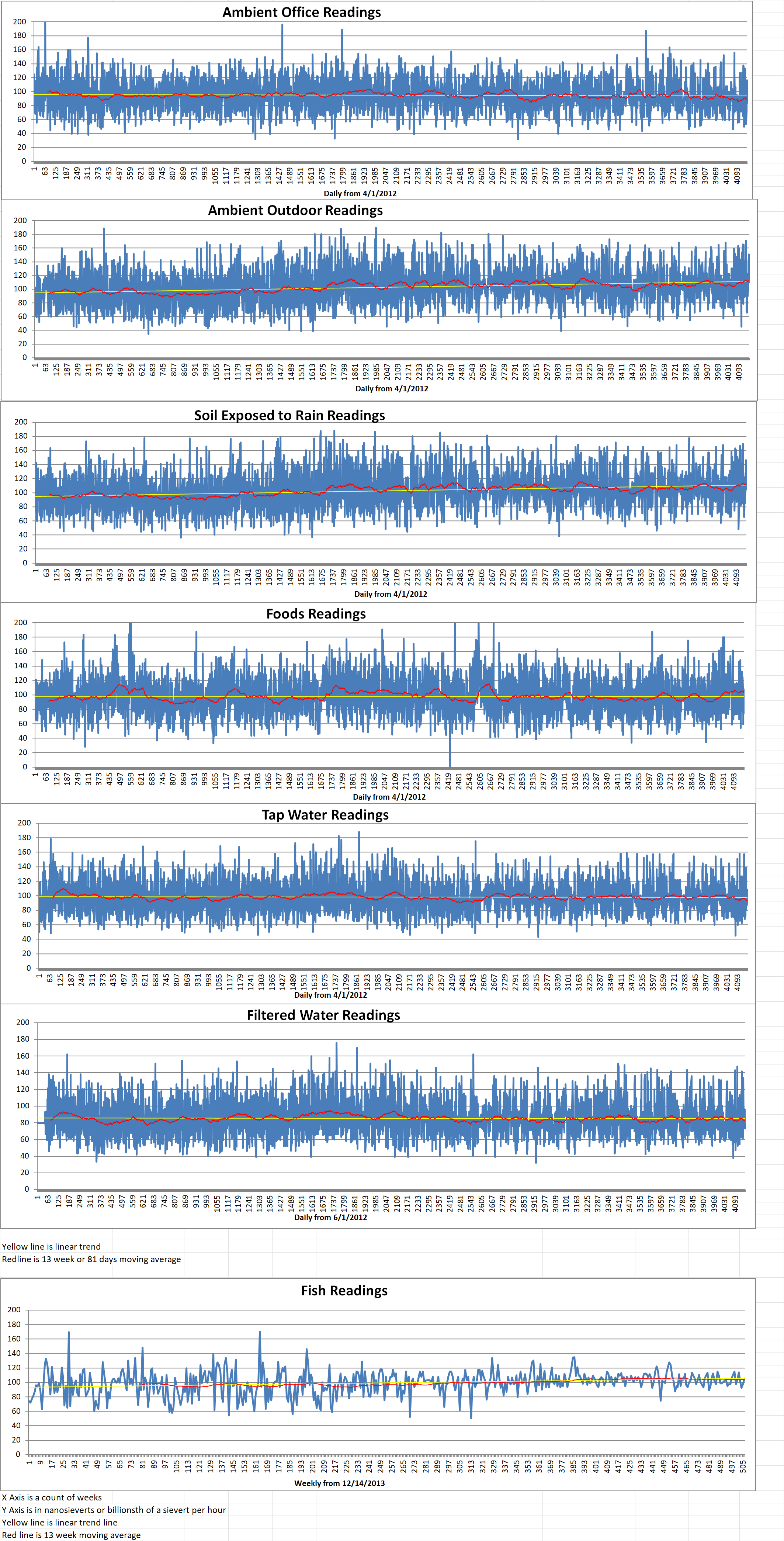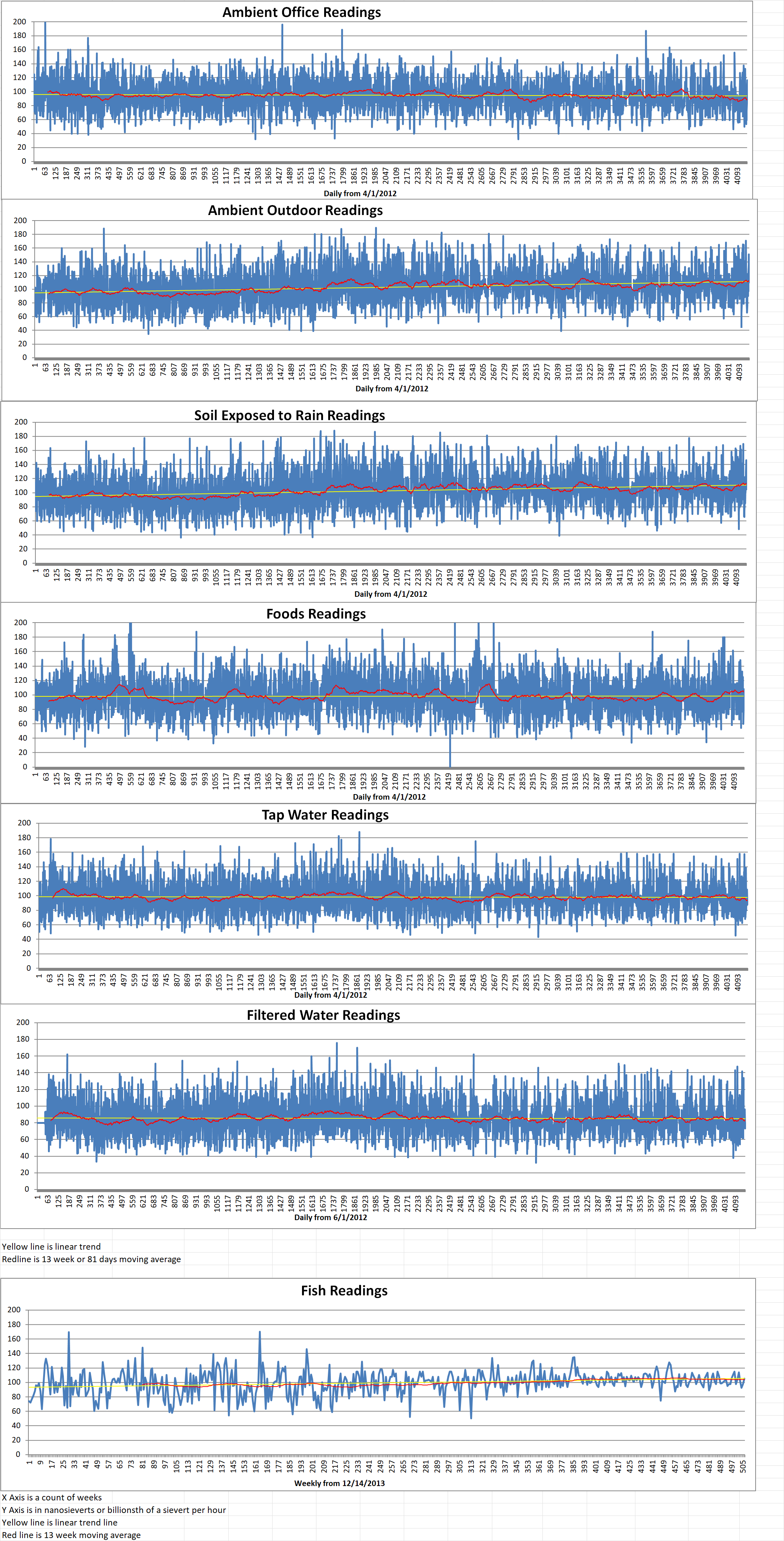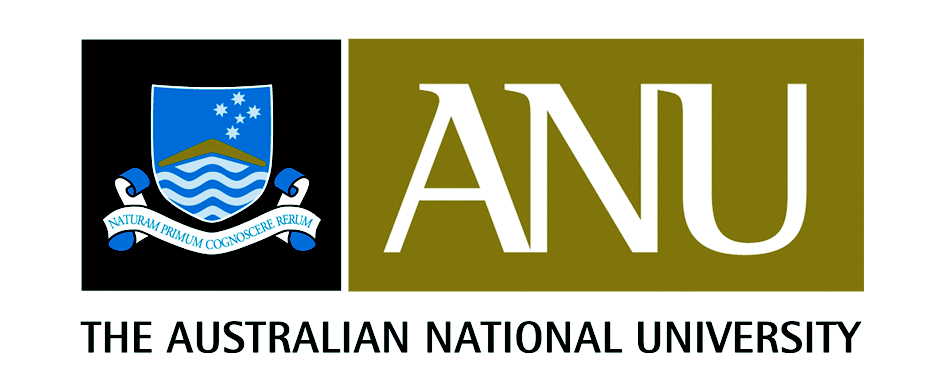Part 1 of 2 Parts
The European Commission has launched an Industrial Alliance dedicated to small modular reactors (SMRs). They are aiming to facilitate the development of SMRs in Europe by the early 2030s. The announcement came as part of the commission’s assessment for a 2040 climate target for the EU.
The European Commission established a European SMR pre-Partnership in June last year with the primary objective of identifying enabling conditions and constraints, including financial ones, towards safe design, construction and operation of SMRs in Europe in the next decade and beyond. The pre-Partnership will be in compliance with the EU legislative framework in general and to the Euratom legislative framework in particular.
Early last November, it announced that it would create an Industrial Alliance for SMRs early this year. Industrial alliances are a way in which to facilitate stronger cooperation and joint action between all interested partners. Industrial alliances can play a role in achieving important EU policy objectives through joint action by all the interested partners.
The commission said in a statement on 6 February, “The commission is also launching an Industrial Alliance to facilitate stakeholder’s cooperation at EU level and to accelerate the deployment of SMRs and ensure a strong EU supply chain, including a skilled workforce. This will leverage EU’s manufacturing and innovation capacities to accelerate the deployment of first SMR projects in the EU by early 2030 under the highest standards of nuclear safety, environmental sustainability, and industrial competitiveness.”
According to the commission, this Industrial Alliance will develop a Strategic Action Plan in order to identify the following. Technically mature and commercially viable SMR technologies that could be supported under the alliance must be selected. Potential gaps and solutions in the European supply chain for SMRs (including fuel and raw materials) must be identified. Investment barriers, funding opportunities and new financial blending options to support SMR development must be found. Finally, future needs for research on SMRs and advanced modular reactors (AMRs) must be identified and existing skills gaps along the supply chain must be addressed under the Euratom Research and Training Program, and at national level.
A call for organizations interested in alliance membership will open shortly. All public and private legal entities which satisfy a set of eligibility membership criteria can apply for membership. In addition, next month, a dissemination event covering the scope, objectives and activities of the Industrial Alliance is expected to be organized in Brussels.
The European nuclear trade body Nucleareurope has been instrumental in the creation of the SMR Alliance. It said, “Thanks to the work undertaken as Chair of the European SMR pre-Partnership Steering Committee and our outreach to Members of the European Parliament that culminated in the overwhelming adoption of an Own Initiative Report on SMRs.”
Yves Desbazeille is the Nucleareurope Director General. He said, “The deployment of SMRs will bring significant benefits to Europe, including greater energy sovereignty, lower CO2 emissions, new jobs and economic growth. The European nuclear industry has been at the forefront of innovation and industrial excellence for decades and this Industrial Alliance will help maintain our industry’s world class position”.
Please read Part 2 next
Blog
-

Nuclear Reactors 1344 – The European Commission Supports The Development and Deployment of Small Modular Reactors – Part 1 of 2 Parts
-
Nuclear News Roundup February 12, 2024
Bulgaria, US sign intergovernmental agreement on nuclear energy cooperation world-nuclear-news.org
France’s EDF shuts down two nuclear reactors after fire at Chinon plant reuters.com
Former CIA director reacts to new intel on Russian nuclear capabilities in space cnn.com
‘Everyone needs to calm down’: experts assess Russian nuclear space threat the guardian.com
-

Geiger Readings for February 12, 2024
Ambient office = 84 nanosieverts per hour
Ambient outside = 122 nanosieverts per hour
Soil exposed to rain water = 123 nanosieverts per hour
Green onion from Central Market = 75 nanosieverts per hour
Tap water = 91 nanosieverts per hour
Filter water = 73 nanosieverts per hour
-
Nuclear News Roundup February 11, 2024
Nuclear-powered data center campus in Surry, Virginia, gets rezoning approval datacenterdynamics.com
UK in talks with Hitachi over buying Welsh nuclear site ft.com
“Betrayed:” Vets say nuclear site made them sick, but government won’t acknowledge they were there cbsnews.com
Nuclear power’s role in New York’s clean energy shift spectrumlocalnews.com
-

Geiger Readings for February 11, 2024
Ambient office = 116 nanosieverts per hour
Ambient outside = 110 nanosieverts per hour
Soil exposed to rain water = 105 nanosieverts per hour
Blueberry from Central Market = 108 nanosieverts per hour
Tap water = 92 nanosieverts per hour
Filter water = 80 nanosieverts per hour
-
Nuclear News Roundup February 10, 2024
Turkish police arrest an Islamic State suspect who worked at a nuclear power plant, reports say thestar.com
The head of UN’s nuclear watchdog warns Iran is ‘not entirely transparent’ on its atomic program wdrb.com
Unveiling Tehran’s Nuclear Intentions: Perspectives on Weaponization irannewsupdate.com
Safety panel urges Fukushima nuclear plant operator to better communicate with the public after leak bgdailumews.com
-

Geiger Readings for February 10, 2024
Ambient office = 102 nanosieverts per hour
Ambient outside = 129 nanosieverts per hour
Soil exposed to rain water = 129 nanosieverts per hour
Avocado from Central Market = 94 nanosieverts per hour
Tap water = 88 nanosieverts per hour
Filter water = 78 nanosieverts per hour
Dover Sole from Central = 105 nanosieverts per hour
-

Nuclear Weapons 851- Australian National University Improves Accuracy of Nuclear Test Detection To Ninety Nine Percent
A groundbreaking achievement has emerged in the realm of earth sciences and statistical analysis. The detection of underground nuclear tests has been raised to unparalleled levels of precision and is boasting an astounding ninety nine percent accuracy. This remarkable advancement was led by a team of researchers from the Australian National University (ANU). It stands as a monumental stride towards curtailing clandestine nuclear activities on a global scale.
The conventional methods utilized to detect underground nuclear explosions have long grappled with the problem of distinguishing them amidst the myriad of seismic phenomena, ranging from natural earthquakes to surface-level disturbances. Mark Hoggard is the lead author of this pioneering research effort in which the challenges of identifying underground nuclear tests are elucidated.
Hoggard says that “The explosion goes off, and you have all this energy that radiates out, which we can measure on seismometers. So, the science problem becomes, how do we tell the difference between that and a naturally occurring earthquake?”
The impetus for this important breakthrough stems from the serious inadequacies witnessed during the identification of North Korea’s underground nuclear tests, particularly underscored during the events of 2017.
Despite mounting suspicions, the prevailing methodologies failed to conclusively confirm these events. However, through the application of refined mathematical models and sophisticated statistical analyses, the research team has achieved an extraordinary improvement in success rates, elevating them from a previous eighty two percent to an extraordinary ninety nine percent.
View on Watch
North Korea remains the only nation known to have conducted underground nuclear tests in the 21st century. However, recent satellite reconnaissance has unveiled renewed construction activities at nuclear test sites in major global powers such as Russia, the U.S., and China. There are no overt indications of impending tests from these formidable nations. However, geopolitical uncertainties, compounded by events such as the ongoing conflict in Ukraine, underscore the critical need for robust and foolproof detection mechanisms.
The newfound ability to detect underground nuclear tests with an unprecedented 99% accuracy represents a watershed moment in fortifying global security architecture and buttressing non-proliferation endeavors.
As nations navigate the complex web of evolving geopolitical dynamics, this breakthrough is critical for monitoring and deterring covert nuclear activities. Armed with carefully compiled seismic data and refined statistical methodologies, the global community is now better equipped to turn back the tide of nuclear proliferation and safeguard global peace and stability.
This historic achievement serves as a testament to the collective prowess of collaborative scientific endeavors. It also reveals the pivotal role of innovation in addressing the most pressing global challenges. As the scientific community celebrates this important milestone, the trajectory towards a safer and more secure world is charted. It is fueled by the twin engines of innovation and international cooperation.
In a world filled with uncertainties and existential threats, the significance of this breakthrough cannot be overemphasized. It underscores the resilience and ingenuity of the human spirit. It also highlights the indispensable imperative of investing in cutting-edge scientific research for the betterment of humanity.
As the leaders of progress and enlightenment, the global scientific community marches toward a future of peace, security, and shared prosperity. As the world navigates through complex geopolitical landscapes, the assurance of enhanced detection capabilities for nuclear testing offers hope for a safer and more secure future. -
Nuclear News Roundup February 09, 2024
Kakrapar 4 gets go-ahead to increase power world-nuclear-news.org
Cylinder shortages hit Centrus HALEU plans world-nuclear-news.org
Naarea and Thorizon team up on molten salt reactors world-nuclear-news.org
Akkuyu’s first unit hits fresh landmarks world-nuclear-news.org
-

Geiger Readings for February 09, 2024
Ambient office = 86 nanosieverts per hour
Ambient outside = 151 nanosieverts per hour
Soil exposed to rain water = 146 nanosieverts per hour
Asparagus from Central Market = 84 nanosieverts per hour
Tap water = 88 nanosieverts per hour
Filter water = 73 nanosieverts per hour
